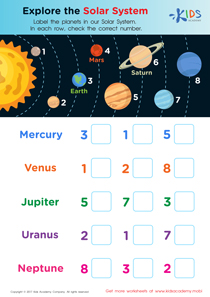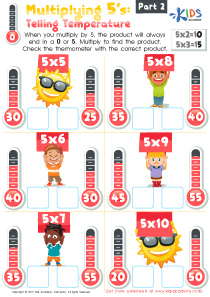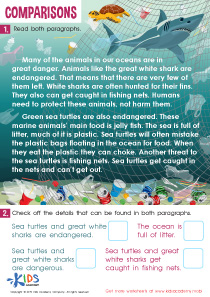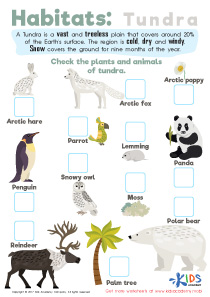Reading comprehension Normal Grade 3 Plants and Animals Worksheets
5 filtered results
-
From - To
Enhance your third grader’s reading skills with our "Reading Comprehension Normal Grade 3 Plants and Animals Worksheets". Specifically designed for 3rd grade science, these worksheets cover fascinating topics about plants and animals. Each worksheet comprises engaging passages followed by comprehension questions to test student's understanding and critical thinking. Perfect for regular classroom activities or additional practice at home, these worksheets reinforce key topics in a fun, educational way. Ensure your child's academic success and scientific curiosity with our expertly crafted resources. Explore now and make learning both structured and enjoyable for young minds!


Dinosaur Facts Worksheet
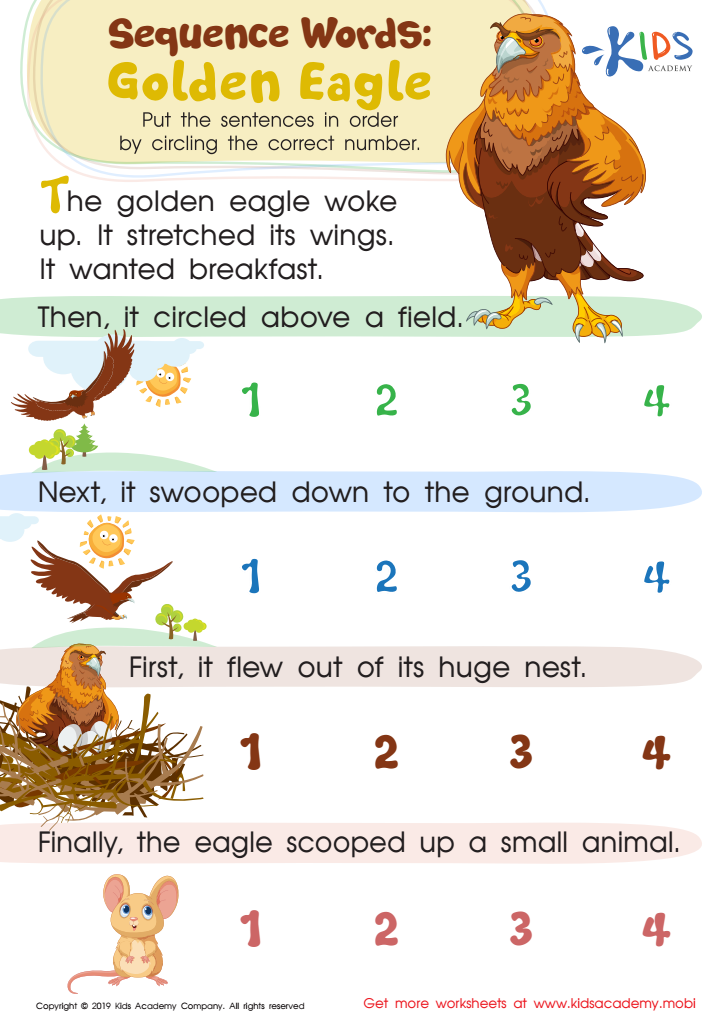

Sequence Word Eagle Worksheet
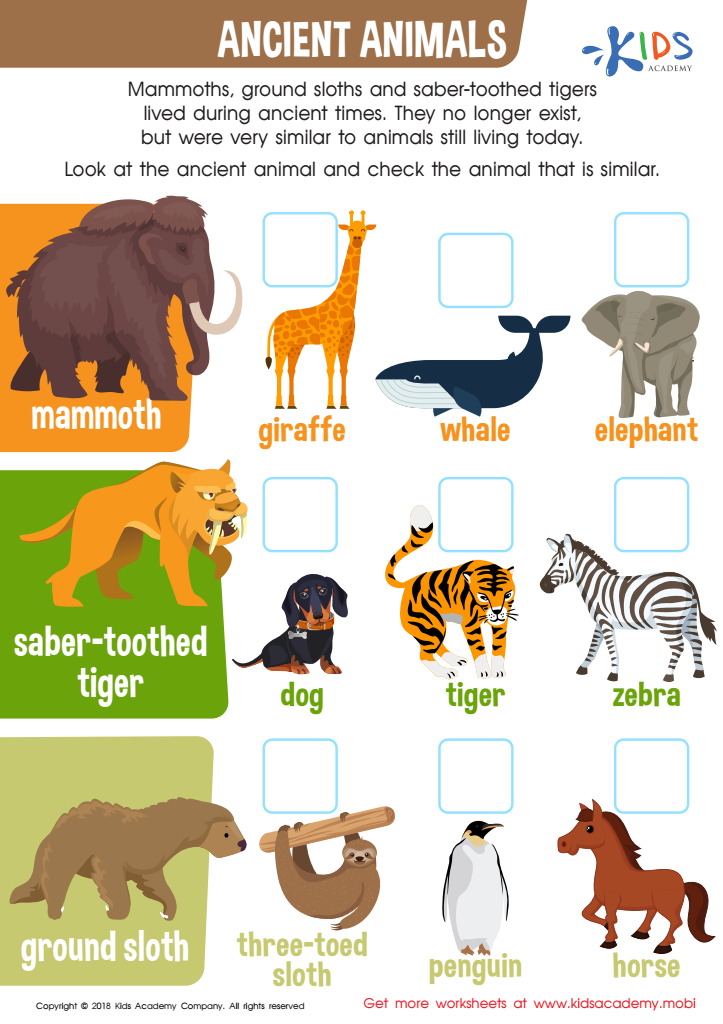

Ancient Animals Worksheet
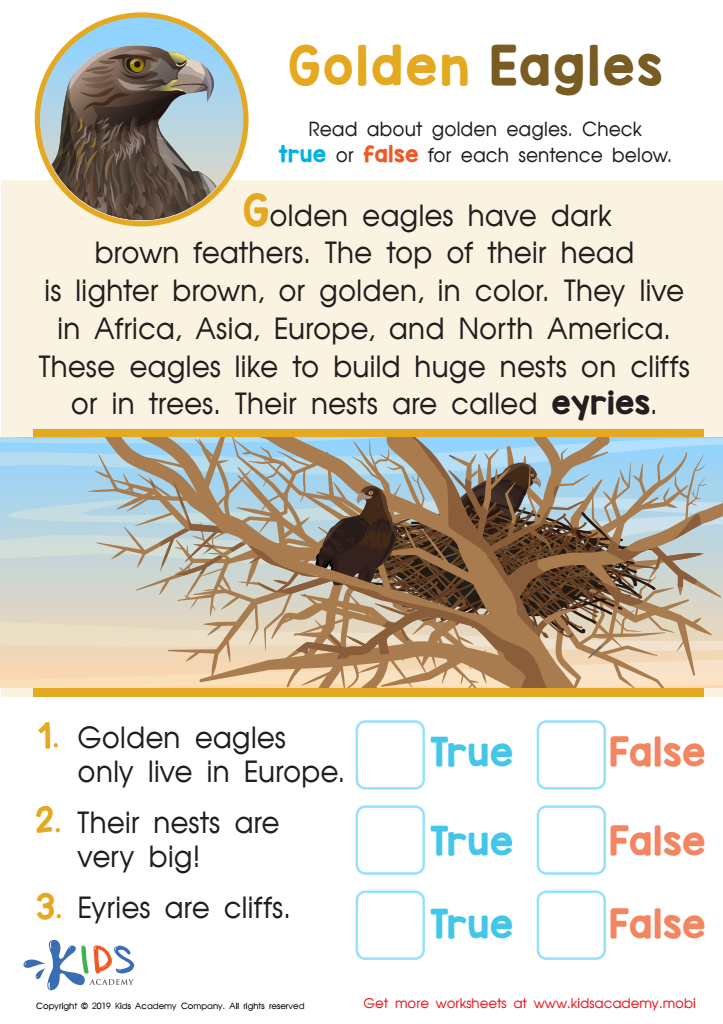

Golden Eagles Worksheet
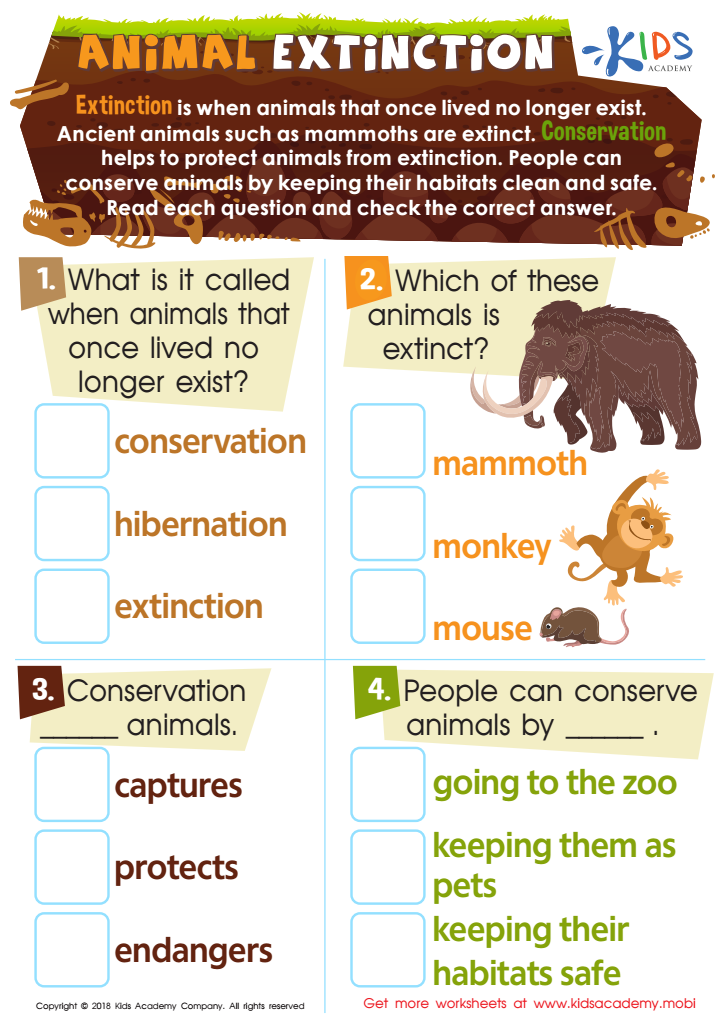

Animal Extinction Worksheet
Understanding reading comprehension at a normal Grade 3 level about plants and animals is crucial for several reasons. First, foundational knowledge of plants and animals contributes to a child's overall scientific literacy. It equips them with essential vocabulary and concepts, fostering curiosity about the natural world. This early exposure lays the groundwork for more complex scientific principles they'll encounter in higher grades.
Second, reading comprehension is fundamental to academic success across all subjects. When children understand what they read, they can better participate in discussions, complete assignments, and enjoy learning. Reading stories about plants and animals are particularly engaging because these topics are relatable and often awe-inspiring, which helps build a lifelong love of reading.
Furthermore, this subject matter integrates various skills such as observation, classification, and critical thinking. For example, understanding that plants need sunlight, water, and soil to grow helps children make sense of real-world phenomena. Recognizing the characteristics and habitats of different animals fosters empathy and environmental stewardship.
Parents and teachers should prioritize grade-level reading comprehension in subjects like plants and animals because it serves as an essential building block for both cognitive development and environmental awareness, creating knowledgeable, curious, and compassionate individuals.
 Assign to My Students
Assign to My Students




